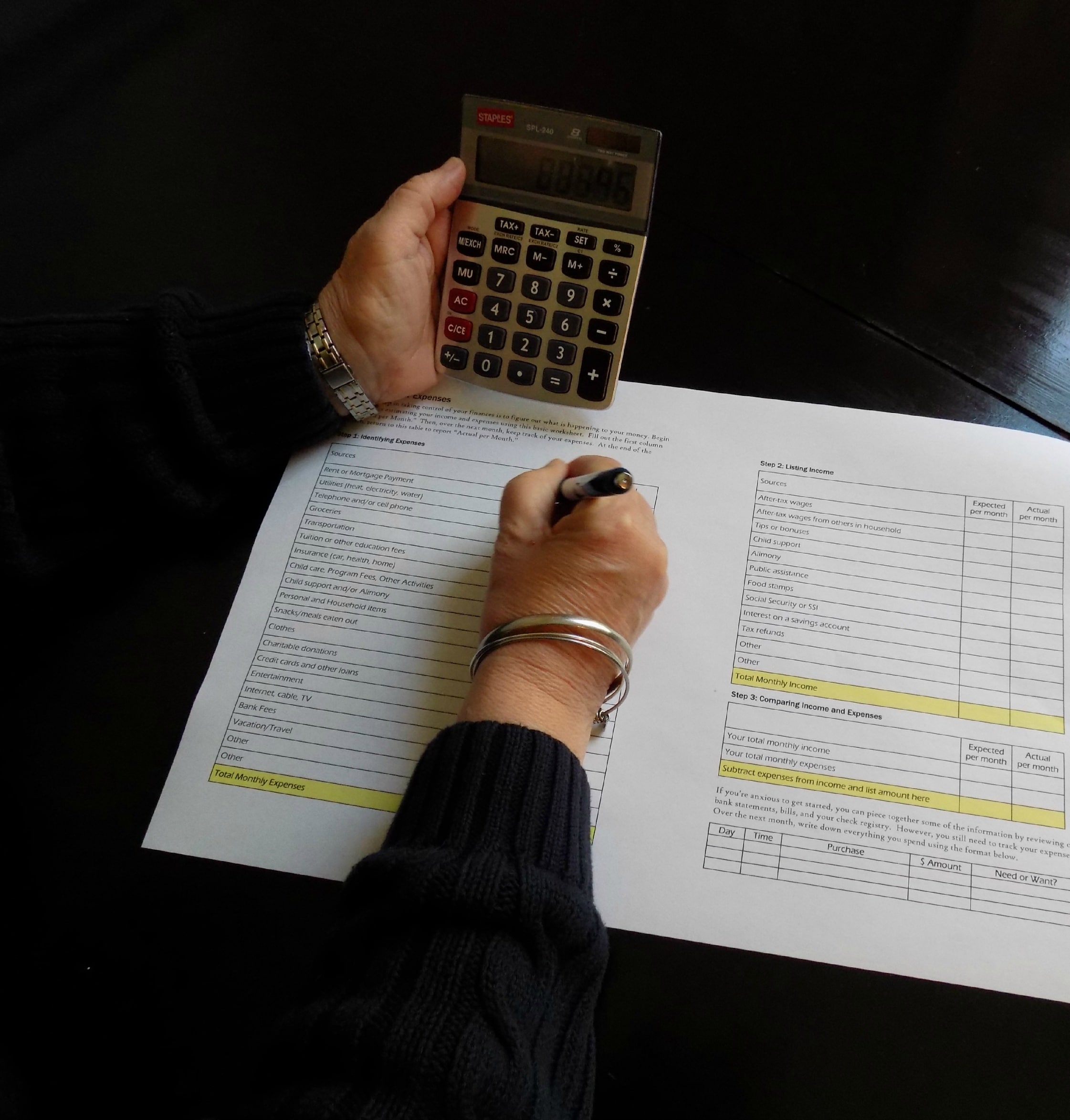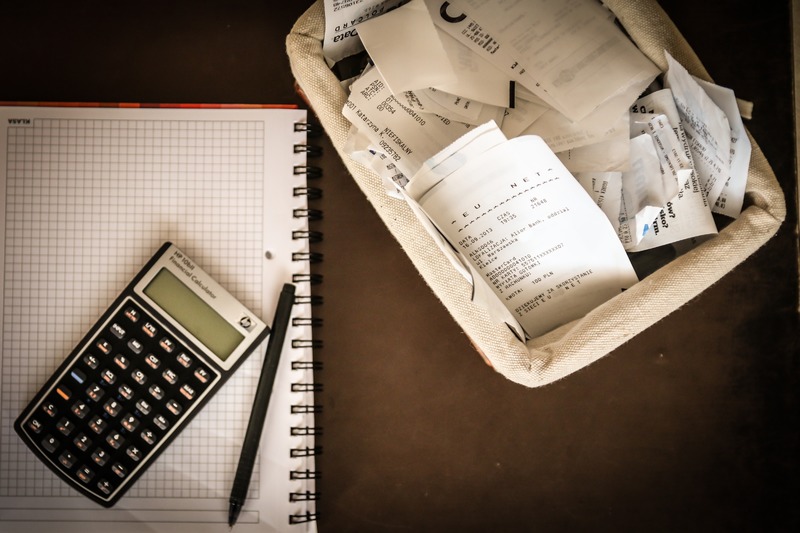Why Should You Forecast The Balance Sheet?
October 16, 2018 | Accounting Help | No Comments

Dear CFO,
Whenever our business does forecasts, the owners only care about the P&L (Income Statement). As the Controller, I want the business forecast and budgets to include a balance sheet. How can I convince them it’s equally important to forecast the balance sheet? I also need to develop a model to forecast the balance sheet, once I convince them.
Expanding My Forecasts, Baltimore
It seems like most entrepreneurs only focus on the income statement. In my experience, that sets up the scenario of unexpected cash flow problems for the business.
As you know, the balance sheet is measured at a point in time and reflects all the assets (what is owned) and liabilities (what is owed). The balance sheet captures the net, representing the owner’s equity in the company or the fundamental accounting equation (assets = liabilities + equity). The income statement reflects activity over time.
Why Forecast the Balance Sheet?
Assets and Liabilities
Auditors typically focus on the balance sheet because it tells the whole story. If you know the beginning and ending assets and liabilities/equity, the income is the difference.
Each account in the balance should be reconciled to supporting documentation at each period end:
- Cash: reconciled to bank statement.
- Accounts Receivable: tied to the detail of what each customer owes.
- Fixed Assets: supported by a list of assets that the company owns.
- Accounts Payable: reconciled to vendor statements and agreed to the list of what is owed to each vendor.
- Bank Debt: reconciled to bank loan statements.
- Other Liabilities: the amounts owed to various sources such as payroll tax deposits, worker’s compensation insurance payments, etc.
By validating the beginning and ending balance sheet, there is a high confidence level in the income statement.
The forecast of income is critical, as it reflects the ability of the company to sell product, pay expenses, and make money. The problem is cash flow. The income statement captures only part of the cash-generation and/or need for cash, the other often over-looked piece of your financial forecast is the balance sheet.
When forecasting the income statement, many of the components have a complementary impact on the forecast of the balance sheet. The income statement tightly integrates with the balance sheet and that drives cash flow.
Balance sheet influences from sales growth:
- A new customer with longer payment terms (most Fortune 500 have 90+ payment terms) results in increasing accounts receivable.
- The inventory increases due to more SKUs or faster use of items.
- Additional equipment purchases or plant expansion to meet the new demand.
- Increasing repair and maintenance expenses may mean new equipment requirements in the near future.
Equity
Another often-overlooked aspect of the balance sheet is the owner’s equity section.
In most small businesses, the amount the owners pay themselves goes through the balance sheet as owners’ draws instead of the income statement as wages. This poses another dilemma when you only look at the income statement. If you don’t have both income and cash flow to support owner withdrawals, the equity section eventually becomes negative because the business is not supporting the amount the owner is withdrawing.
Forecasting the Balance Sheet
As with any forecast, when forecasting the balance sheet, you should start with what you know. You have historical information that you can use to analyze how the balance sheet changes in relation to the income statement. It is critical to adjust the historical information for new assumptions. For example, if the new growth is through a new customer with extended payment terms or if you are moving ahead with higher deposit requirements, that too will affect the balance sheet forecast.
Let’s start with how we might project the various components as we forecast the balance sheet.
- Cash – usually a fixed dollar amount that reflects “normal” cash maintained in your bank.
- Investments – often assumed to be at historical levels unless the forecast expects equipment or plant expansion or other cash need to “use” it.
- Accounts Receivable – using a benchmark of historical day’s sales in receivable, you can project balances. Adjust this for acquiring customers that do not fit your history. For example, if a large component of your new sales is a 90-day customer, calculate what days sales would have looked like if that customer existed in the past and use that in the forecast.
- Fixed Assets – consider equipment purchases and/or plant expansions. If you are operating at 80% of capacity and the projected sales growth takes you to 120%, anticipate the expansion with an estimate of the costs of the expansion. For an annual forecast, don’t worry that it may be a longer-term project or break it down year 1, year 2 etc. Don’t forget to adjust depreciation for the change in equipment, here and on the income statement.
- Other Assets – since these aren’t normally significant, unless you have information to the contrary, use historical levels in terms of dollars, percentage of assets, or other reasonable correlation.
- Accounts Payable – benchmarking historical payables, typically as they relate to cost of goods sold in manufacturing or total expenses in a service company, gives a reasonable estimate.
- Other Liabilities – these typically reflect a single outstanding amount such as payroll deposits, an insurance amount, or a payroll and are not significant. Like Other Assets, these can reflect historical levels.
- Equity – reflect owner draws and the forecasted income. Owners’ draws are particularly important, as this is the only place on the balance sheet they appear.
- Debt – Use debt as the balancing item on the “balance” sheet. If you have a Line of Credit or Working Capital line dependent on Account Receivable take the appropriate % of receivable to record the amount of the line. If there are investments that you would rather use, adjust there before determining the amount of debt needed. Once all other balance sheet items are forecasted, use debt as the WITTB (an important accounting term meaning What it Takes to Balance) – or the plug.
Once you have done the detail calculations to forecast the balance sheet – DO NOT forget to review it for reasonableness. No matter how logical your assumptions seem, they may generate outcomes that don’t make sense. Look for them!
It’s also very wise to look at your debt agreements to see if your bank will support your forecast. Don’t project 200% sales growth, if you can’t finance it internally or externally. This is where logic and reasonableness come in.
Income Statement Forecast
Just a word here on the income statement forecast: while many income statement line items can be predicted from relationships to sales or historical relationships (fixed and variable components), most often sales predictions are too optimistic. It’s one thing to set stretch goals and quite another to tell your banker that’s the expectation.
While my bent is very conservative, I have seen too many plant expansions, office building moves, and hiring done in anticipation of the “forecasted” sales only to bring the business to its knees with cash flow problems. The mental and physical stress wears the business owner down and prevents actually getting the sales! Be reasonable.
If all of this sounds too complicated, I have a model that brings this into focus. Visit my website to contact me for a free 2-hour consultation.
Featured image and all post images licensed via Pxhere.




